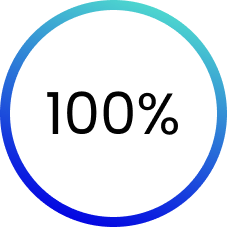Improving very large and complex data sets for Apps

Improving very large and complex data sets for Apps

Business Intelligence and Data Analytics

Business Intelligence (BI)
Business Intelligence refers to a set of technologies, applications, and practices for collecting, integrating, analyzing, and presenting business information. Our goal with BI is to support our clients’ decision-making processes, ensuring that these decisions are data-driven.

Analysis
Well-analyzed data and current transactional business information
Specifications
Descriptive information about what is happening and future scenarios
Improvements
Digital decisions driven by trends and focused on analysis results.

Think of a strategic
future
Digital
Thinking
The difference between making good or bad business decisions.
Digital
refinement
Compare what is happening with future scenarios to make the best decisions.

We build a sustainable and systematic engine

Objectives
Expected impact
Jobs to be done
Scope definition
Agile development
Enterprise architecture
Technology stack audit
Legacy system
Architecture design
Customer journey
Empathy map
Market research
Usability testing

Understanding, implementation
- Of the business
At Wigilabs, we support our clients through different workshops with the aim of understanding the strategy they have in any area and identify those questions to which we want to provide data-driven answers. - Technical
We propose the available inputs (reports and databases) to create an action plan and validate the tools our clients have with our experts or propose tools such as Power BI, Tableau or QlikView to propose the execution strategy based on this initial technical definition.
- Phase 1 – Data source:
With our experts, we begin to identify and make use of all available data sources: databases, files, APIs, etc., to create or configure ETL (Extraction, Transformation and Loading) processes to obtain all relevant data. In this first phase, data cleansing is also performed to ensure the quality of the data and feed the Data Warehouse that we have with our customers. - Phase 2 – Data modeling and report generation:
In this phase, with our team of experts we design data models that represent the relationships between different data sets to have processed information for the creation of reports and interactive dashboards with clear and concise information for end users. - Phase 3 – testing and production start-up:
This phase is specific to validate our deliverables with stakeholders to ensure they meet their expectations. Once these expectations are met, we deploy our BI solutions and train end users for interaction and interpretation of BI reports. - Phase 4 – Continuous improvement and maintenance:
In this phase we collect feedback from users and perform the necessary upgrades to ensure reliability and optimal system performance.
